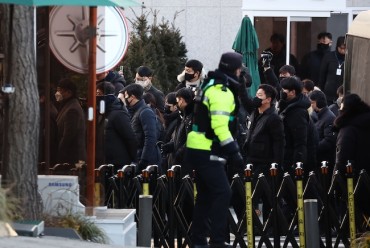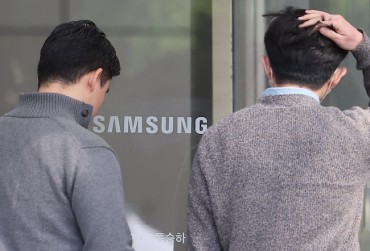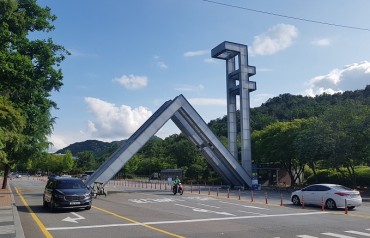
The demographic cohort exhibiting the highest degree of media literacy, denoting a critical understanding of media content, is individuals in their 30s. (Image courtesy of Yonhap)
SEOUL, Dec. 11 (Korea Bizwire) – The demographic cohort exhibiting the highest degree of media literacy, denoting a critical understanding of media content, is individuals in their 30s, with men slightly surpassing women in gender-related literacy.
According to a study conducted by Koh Heungseok, a professor of media and culture at Kunsan National University, titled “Regional Disparities in Media Literacy Competence,” released by the Korea Information Society Development Institute (KISDI), individuals in their 30s demonstrated the highest media literacy competence at 3.23, while those in their 20s followed close behind at 3.21.
This conclusion was drawn from an analysis of data obtained from the Korea Media Panel survey conducted last year, comprising 9,057 respondents aged 19 and above. Respondents were asked to respond to five questions on a scale of 1 to 5 to evaluate the veracity of information encountered, the presence of a valid argument, commercial and political intent, and the proactive pursuit of additional information to understand diverse perspectives.
Media literacy levels, when categorized by age, ranked highest among those in their 30s and 20s, followed by individuals in their 40s (3.10), 50s (3.00), and 60s (2.68). Koh noted a statistically significant difference among different age groups, indicating a decline in critical comprehension skills as age increased.
Regarding gender disparities, men scored higher (2.91) than women (2.74), and higher educational attainment correlated with enhanced critical literacy. Respondents with a graduate degree or higher scored 3.47, those with a college degree or higher scored 3.18, individuals with a high school degree scored 2.83, those with a middle school degree scored 2.21, and elementary school graduates scored 1.83.
Income-wise, individuals with an average monthly income of 4 million won or more achieved the highest score of 3.27, followed by those earning 3 million to 4 million won (3.13) and 2 million to 3 million won (3.07). Those earning 1 million to 2 million won per month (2.13) exhibited the lowest media literacy, trailing behind those earning less than 1 million won (2.69) and those with no income (2.73).
Regionally, Seoul ranked highest at 3.07, followed by Gyeonggi (2.94), metropolitan and special autonomous cities (2.90), and rural areas (2.53). The differences in critical understanding skills based on gender and age were more pronounced in regions outside Seoul and Gyeonggi, according to Koh.
Ashley Song (ashley@koreabizwire.com)






